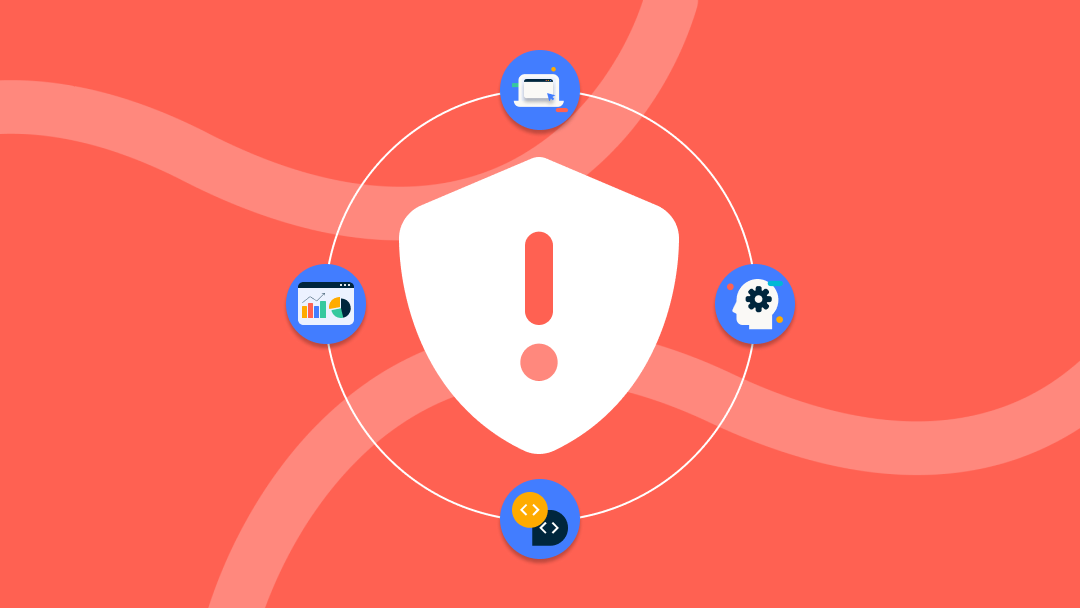Originally published by Hyland Software
Over the last two decades, the number of natural disasters has increased, according to the National Oceanic and Atmospheric Administration (NOAA). It is devastating to witness earthquakes that demolish whole cities, wildfires that burn thousands of acres, cyclones, and typhoons that cause mass flooding and property damage.
The number of billion-dollar disasters is rising, as well. The U.S. averaged 2.7 billion-dollar disasters a year in the 1980s, according to an economic analysis by TheConversation.com. In the 1990s that number climbed to 4.6 per year. In the 2000s, it jumped to 5.4 billion a year.
We witnessed several global catastrophic events in 2018, including:
-
-
- Hurricane Michael and Hurricane Florence with losses exceeding $10 billion.
- The Indonesia earthquake and tsunami with losses exceeding several hundred million dollars
- The Mt.Kilauea eruption which put into effect a 6.9 mainshock earthquake with aftershocks reaching magnitude 5.4 for several weeks
- Super Typhoon Mangkhut that brought in estimated losses between $1 and $2 billion
- Our recent California wildfires that have yielded more than $845 million in losses, breaking the record for the largest, deadliest and most destructive wildfires in history
-
Much like 2017, 2018 was a historic year for natural catastrophes. Combined, the two are now the costliest back-to-back years on record, totaling $653 billion in global economic losses, according to Aon’s Weather, Climate & Catastrophe Insight Report. – nearly 4 times higher than the 30-year average. At no other time in human history has insurance played such a significant role. As natural disasters around the world continue to rise, that importance will only grow.
An Unprecedented Time of Change
Amidst the storm, insurers are also navigating some of the most significant changes the industry has ever had. “The digital revolution is felt to be a threat by many in the insurance industry, especially following the increase of innovative new entrants and the rapid rise of comparison websites,” reports Deloitte, a multinational professional services organization.
Even while undergoing unprecedented change, isn’t the real threat to insurers the inability to respond to customers in their greatest time of need? With increased events comes increased transactions. Now is the time for insurers to have the right technology platforms in place to meet the greatest demands for transactional processing they may ever see.
Recent natural catastrophes have emphasized the critical role that the property and casualty insurance industry plays in society. It also highlights the necessary technologies and actions insurers needed to ensure the Property & Casualty industry is as efficient as possible.
When vetting out possible vendors to help you build out these solutions you should look for:
-
-
- Outsourced Services: Outsourcing point of sale and point of service capture and classification services allows insurers to focus their energy on their own services rather than administrative management.
- Technology Ecosystems: Finding solutions and data streams that can readily integrate into shared insurance platforms will lower costs, effort, and complexity.
- Mission-Critical Software: Combining best-of-breed solutions with best practice approaches are proven to deliver results for all lines of business and all sizes of insurers.
- Implementation Services: Rather than just investing in an IT asset, finding a vendor that can also offer the services needed to implement the software and take on the post-production responsibility for delivering it in the cloud guarantees a more reliable outcome.
-
Learn more about the products and services we offer that enable insurers to provide exceptional services especially in the wake of disasters.


0 Comments